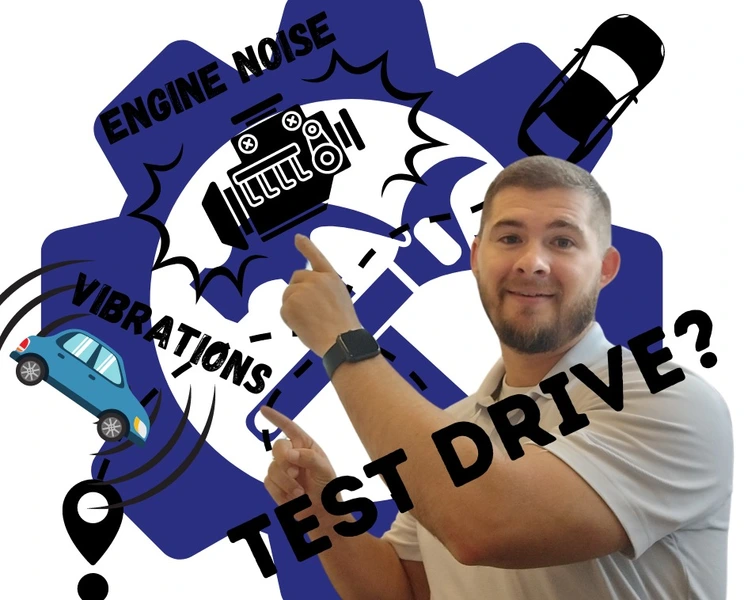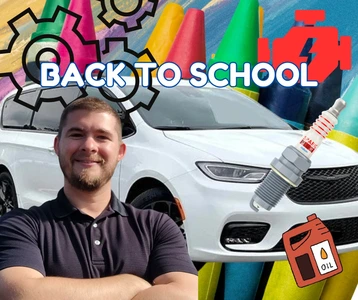When it comes to buying a new car, the test drive is one of the most crucial steps in the decision-making process. It's your opportunity to get a real feel for the vehicle and ensure it meets your needs and expectations. Here's a comprehensive guide on what to look for when testing a new car, ensuring you make an informed and confident purchase.
1. Pre-Test Drive Preparation
Research the Model
Before you even step into the dealership, do some homework. Research the car model you’re interested in, its features, common issues, and what other buyers are saying about it. This will give you a baseline of what to expect and look out for during your test drive.
Schedule an Appointment
Scheduling a test drive appointment ensures the car you’re interested in is available and ready for you. It also allows the dealership to prepare for your visit, giving you a better overall experience.
Bring Necessary Items
Don’t forget your driver’s license and proof of insurance. Also, bring a notepad or use your phone to jot down observations and questions that arise during the test drive.
2. Initial Inspection
Exterior Check
Walk around the car and inspect the exterior. Look for any signs of damage, uneven paint, or misaligned panels. These could be red flags, especially on a new car.
Interior Comfort
Sit in the driver’s seat and adjust it to your comfort. Check the visibility, reachability of controls, and overall comfort. Ensure the seats provide adequate support and the materials feel high-quality.
Technology and Features
Familiarize yourself with the car’s technology and features. Test the infotainment system, navigation, and connectivity options. Ensure everything is intuitive and easy to use.
3. The Test Drive
Starting the Car
Notice how the car starts. Does it fire up smoothly and quietly? Any unusual noises or vibrations at startup could indicate potential issues.
Acceleration and Braking
Pay attention to how the car accelerates and brakes. It should accelerate smoothly and without hesitation. Braking should be responsive and firm without being overly sensitive or mushy.
Handling and Comfort
Test the car’s handling on various road conditions. Take it through tight turns, on highways, and over bumps. The car should handle confidently, and the ride should be smooth and comfortable.
Noise Levels
Listen for any unusual noises while driving. A new car should be relatively quiet with minimal wind, road, and engine noise. Excessive noise could be a sign of poor insulation or mechanical issues.
Visibility and Blind Spots
Evaluate the car’s visibility. Ensure you have a clear view of the road and minimal blind spots. Check the effectiveness of mirrors and backup cameras if equipped.
Parking
Test the car’s maneuverability by parking in different situations. This includes parallel parking, backing into a space, and navigating tight spots. The car should be easy to handle and responsive.
4. Post-Test Drive Evaluation
Review Your Notes
After the test drive, review your notes. Consider how the car felt overall and whether it met your expectations. Compare it with other models you’ve tested.
Ask Questions
Don’t hesitate to ask the salesperson any lingering questions. Inquire about the car’s warranty, maintenance schedule, and any promotions or financing options available.
Trust Your Instincts
Finally, trust your instincts. If something doesn’t feel right, it’s okay to walk away. There are plenty of options out there, and it’s important to find a car that you’re completely comfortable with.
Conclusion
The test drive is an art that, when done correctly, can lead you to your perfect new car. By being thorough and attentive during the process, you can ensure that the car you choose is the right fit for you. Happy driving!
Zach Brandon
(731) 592-1243
Homer Skelton CDJR












